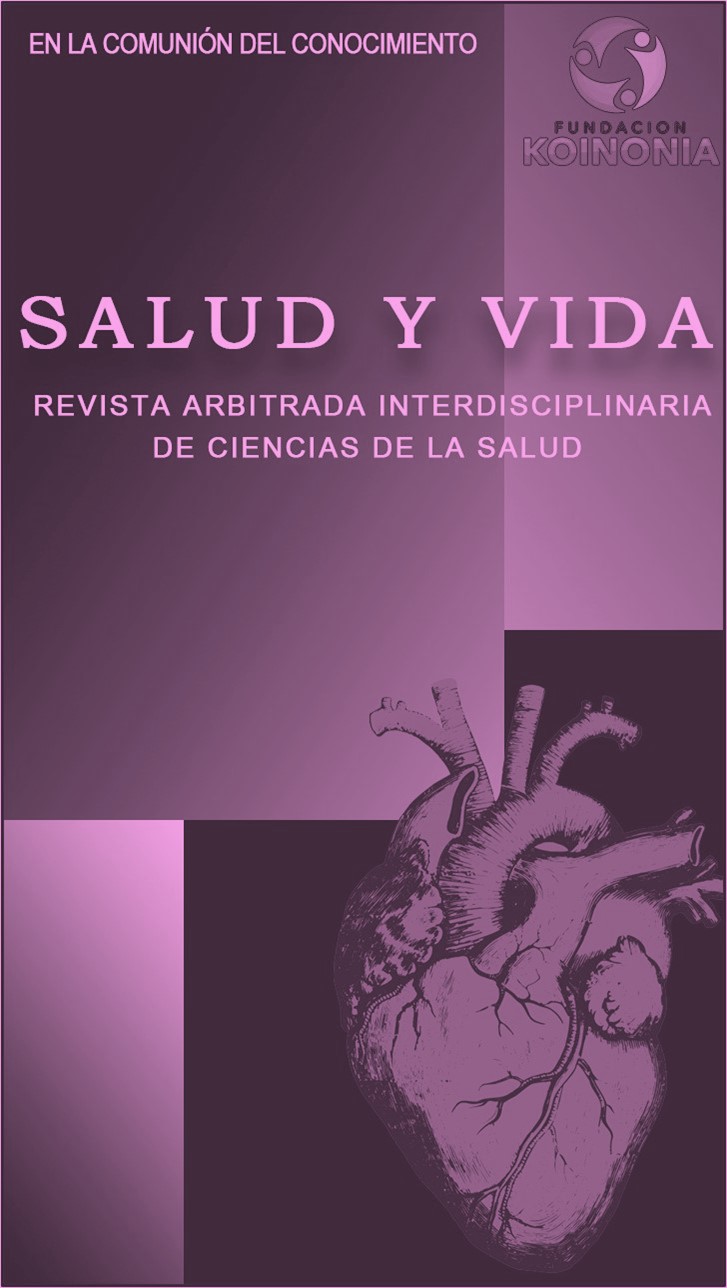Importancia de la pelvimetría en gestantes y factor de riesgo distócico
DOI:
https://doi.org/10.35381/s.v.v8i2.4116Palabras clave:
Pelvimetría, distocia, evaluación del riesgo, (Fuente: DeCS)Resumen
Objetivo: Analizar la importancia de la pelvimetría en gestantes y factor de riesgo Distócico. Método: Descriptivo documental. Conclusión: La pelvimetría constituye una herramienta diagnóstica de inestimable valor en la evaluación del riesgo de distocia en gestantes, aportando datos cruciales que, integrados en una evaluación clínica exhaustiva, permiten la toma de decisiones altamente informadas respecto al modo de parto más seguro y adecuado. Si bien las técnicas avanzadas de imagen, como la tomografía computarizada y la resonancia magnética, han incrementado la precisión y la fiabilidad de las mediciones pelvianas, su aplicación clínica debe enmarcarse en un enfoque multidimensional que contemple otros factores críticos, como la macrosomía fetal y las particularidades evolutivas de la morfología pélvica humana.
Descargas
Citas
Nishikawa S, Miki M, Chigusa Y, et al. Obstetric pelvimetry by three-dimensional computed tomography in non-pregnant Japanese women: a retrospective single-center study. J Matern Fetal Neonatal Med. 2023;36(1):2190444. http://dx.doi.org/10.1080/14767058.2023.2190444
Hong JS, Brown KGM, Waller J, Young CJ, Solomon MJ. The role of MRI pelvimetry in predicting technical difficulty and outcomes of open and minimally invasive total mesorectal excision: a systematic review. Tech Coloproctol. 2020;24(10):991-1000. http://dx.doi.org/10.1007/s10151-020-02274-x
Pattinson RC. Pelvimetry for fetal cephalic presentations at term. Cochrane Database Syst Rev. 2000;(2):CD000161. http://dx.doi.org/10.1002/14651858.CD000161
Pattinson RC, Cuthbert A, Vannevel V. Pelvimetry for fetal cephalic presentations at or near term for deciding on mode of delivery. Cochrane Database Syst Rev. 2017;3(3):CD000161. http://dx.doi.org/10.1002/14651858.CD000161.pub2
Tresch C, Lallemant M, Nallet C, et al. Updating of pelvimetry standards in modern obstetrics. Sci Rep. 2024;14(1):3080. http://dx.doi.org/10.1038/s41598-024-53603-1
de Azevedo BLR, Roni GM, Torrelio RMF, da Gama-de-Souza LN. Fibrosis as a Risk Factor for Cutaneous Squamous Cell Carcinoma in Recessive Dystrophic Epidermolysis Bullosa: A Systematic Review. J Pediatr Genet. 2023;12(2):97-104. http://dx.doi.org/10.1055/s-0043-1763257
Hou PC, Del Agua N, Lwin SM, Hsu CK, McGrath JA. Innovations in the Treatment of Dystrophic Epidermolysis Bullosa (DEB): Current Landscape and Prospects. Ther Clin Risk Manag. 2023;19:455-473. http://dx.doi.org/10.2147/TCRM.S386923
Brett BL, Gardner RC, Godbout J, Dams-O'Connor K, Keene CD. Traumatic Brain Injury and Risk of Neurodegenerative Disorder. Biol Psychiatry. 2022 Mar 1;91(5):498-507. http://dx.doi.org/10.1016/j.biopsych.2021.05.025
Nguyen MT, Ouzounian JG. Evaluation and Management of Fetal Macrosomia. Obstet Gynecol Clin North Am. 2021;48(2):387-399. http://dx.doi.org/10.1016/j.ogc.2021.02.008
Pavličev M, Romero R, Mitteroecker P. Evolution of the human pelvis and obstructed labor: new explanations of an old obstetrical dilemma. Am J Obstet Gynecol. 2020;222(1):3-16. http://dx.doi.org/10.1016/j.ajog.2019.06.043
Hankins GD, Clark SM, Munn MB. Cesarean section on request at 39 weeks: impact on shoulder dystocia, fetal trauma, neonatal encephalopathy, and intrauterine fetal demise. Semin Perinatol. 2006;30(5):276-287. http://dx.doi.org/10.1053/j.semperi.2006.07.009
Sentilhes L, Sénat MV, Boulogne AI, et al. Shoulder dystocia: guidelines for clinical practice from the French College of Gynecologists and Obstetricians (CNGOF). Eur J Obstet Gynecol Reprod Biol. 2016;203:156-161. http://dx.doi.org/10.1016/j.ejogrb.2016.05.047
Schmitz T. Modalités de l'accouchement dans la prévention de la dystocie des épaules en cas de facteurs de risque identifiés [Delivery management for the prevention of shoulder dystocia in case of identified risk factors]. J Gynecol Obstet Biol Reprod (Paris). 2015;44(10):1261-1271. http://dx.doi.org/10.1016/j.jgyn.2015.09.051
Pavličev M, Romero R, Mitteroecker P. Evolution of the human pelvis and obstructed labor: new explanations of an old obstetrical dilemma. Am J Obstet Gynecol. 2020;222(1):3-16. http://dx.doi.org/10.1016/j.ajog.2019.06.043
Dumont A, de Loenzien M, Nhu HMQ, et al. Caesarean section or vaginal delivery for low-risk pregnancy? Helping women make an informed choice in low- and middle-income countries. PLOS Glob Public Health. 2022;2(11):e0001264. http://dx.doi.org/10.1371/journal.pgph.0001264
Publicado
Cómo citar
Número
Sección
Licencia
Derechos de autor 2024 Shirley Marjorie Quispe-Campoverde, Daniela Margarita Mendoza-Morales, Jennifer Lissette Criollo-Landa, Ruth Alexandra Ramos-Villacís

Esta obra está bajo una licencia internacional Creative Commons Atribución-NoComercial-CompartirIgual 4.0.
CC BY-NC-SA : Esta licencia permite a los reutilizadores distribuir, remezclar, adaptar y construir sobre el material en cualquier medio o formato solo con fines no comerciales, y solo siempre y cuando se dé la atribución al creador. Si remezcla, adapta o construye sobre el material, debe licenciar el material modificado bajo términos idénticos.
OAI-PMH: https://fundacionkoinonia.com.ve/ojs/index.php/saludyvida/oai.









